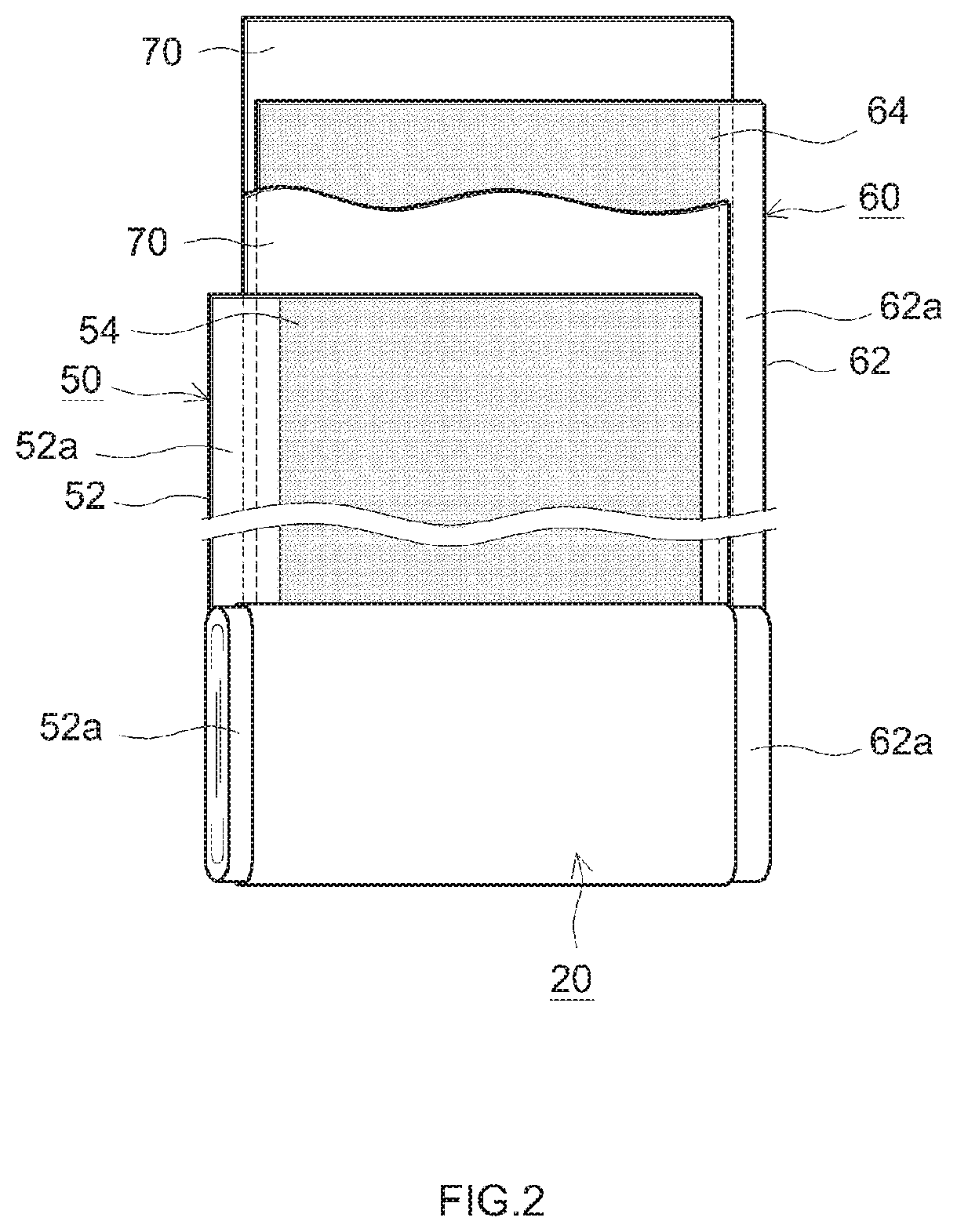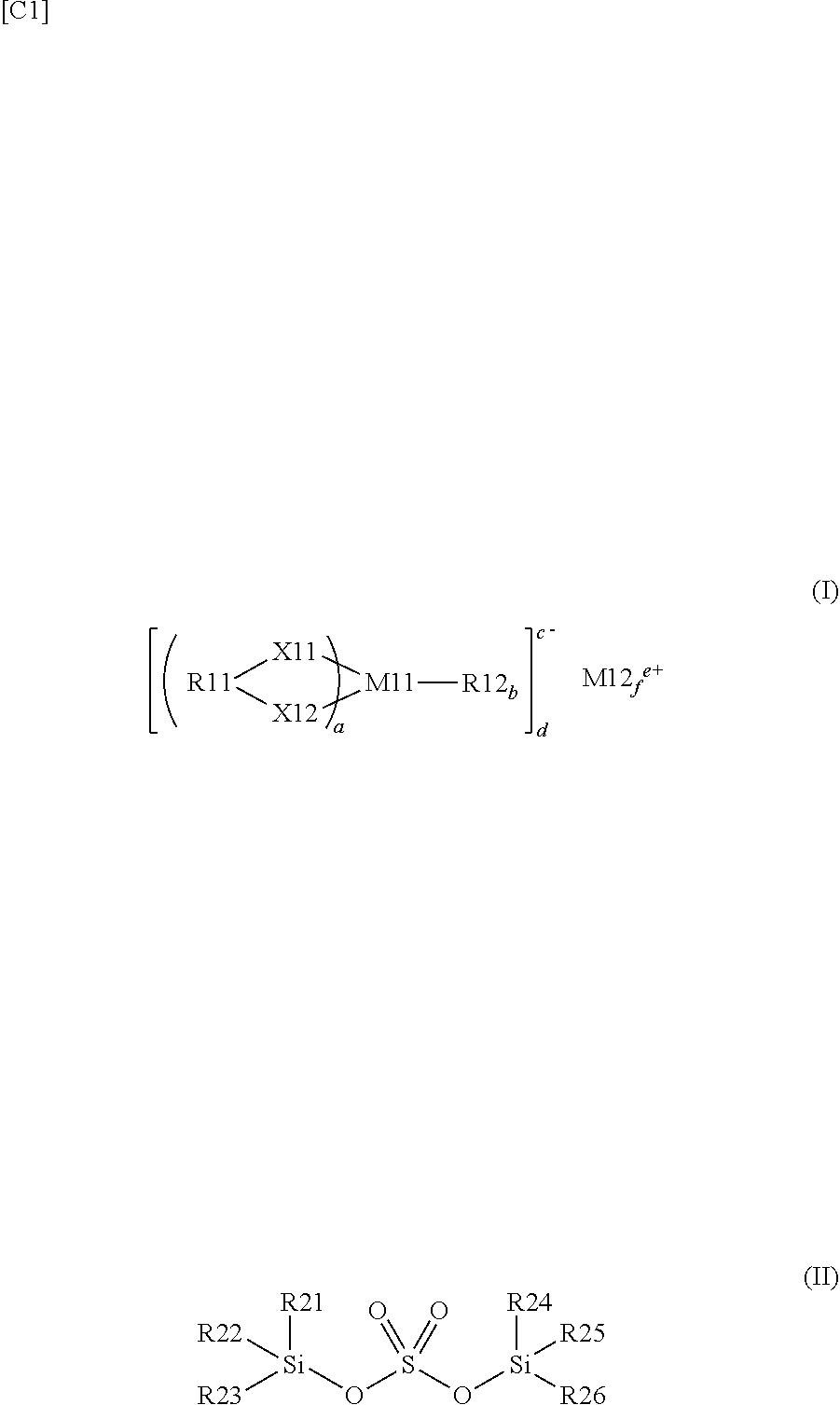Non-aqueous electrolytic solution for lithium ion secondary cell
a lithium ion secondary cell, non-aqueous technology, applied in the direction of batteries, organic electrolytes, electrical apparatus, etc., can solve the problems of suppression of resistance increase and resistance increase, and achieve the effect of small initial resistance and small resistance increas
- Summary
- Abstract
- Description
- Claims
- Application Information
AI Technical Summary
Benefits of technology
Problems solved by technology
Method used
Image
Examples
Embodiment Construction
[0016]Hereinafter, embodiments of the present teaching will be described. In the present specification, any features other than matters specifically mentioned in the present specification and that may be necessary for carrying out the present teaching (for example, the general configuration of the non-aqueous electrolytic solution for lithium ion secondary cell and manufacturing process which do not characterize the present teaching) can be understood as design matters for a person skilled in the art which are based on the related art. The present teaching can be implemented based on the contents disclosed in the present specification and common technical knowledge in the field.
[0017]In the present specification, the term “secondary cell” refers to a repeatedly chargeable and dischargeable storage device in general, and is a term inclusive of a storage device such as so-called storage cell and electric double layer capacitor.
[0018]Further, in the present specification, the term “lit...
PUM
| Property | Measurement | Unit |
|---|---|---|
| carbon number | aaaaa | aaaaa |
| carbon number | aaaaa | aaaaa |
| carbon number | aaaaa | aaaaa |
Abstract
Description
Claims
Application Information
 Login to View More
Login to View More - R&D
- Intellectual Property
- Life Sciences
- Materials
- Tech Scout
- Unparalleled Data Quality
- Higher Quality Content
- 60% Fewer Hallucinations
Browse by: Latest US Patents, China's latest patents, Technical Efficacy Thesaurus, Application Domain, Technology Topic, Popular Technical Reports.
© 2025 PatSnap. All rights reserved.Legal|Privacy policy|Modern Slavery Act Transparency Statement|Sitemap|About US| Contact US: help@patsnap.com



